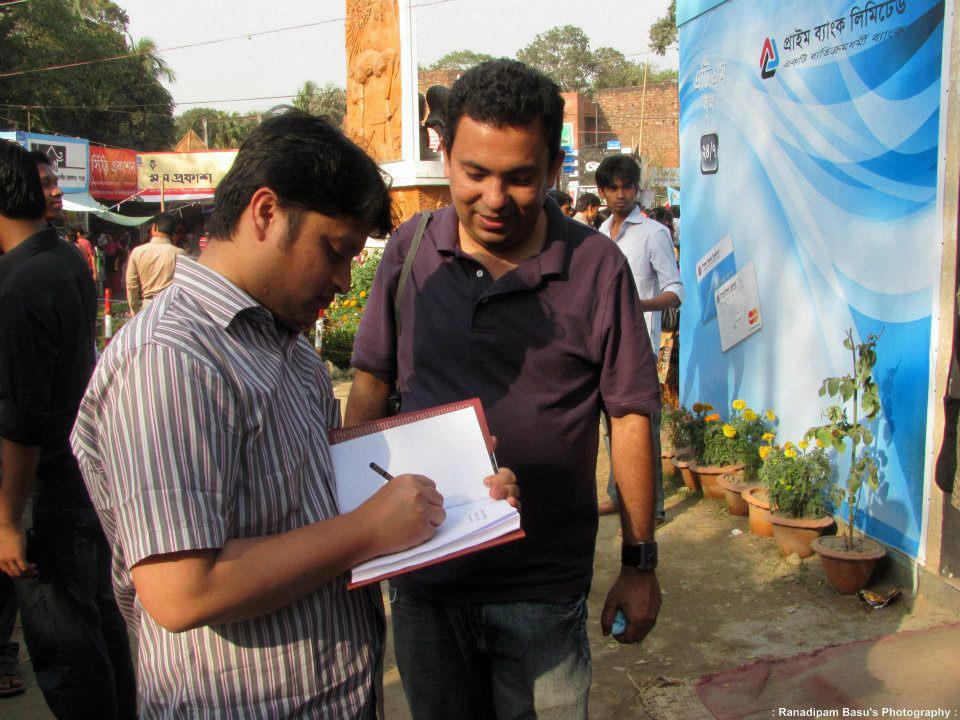Wow. I did not know this was a thing. Now thanks to screechymonkey I do. Men hang around where women are reporting a story for tv news so that they can shout into the camera “fuck her in the pussy!” Because hey, if a woman has the brass-plated nerve to try to do an actual job and be out in public and everything, what is there to do but remind her she’s just a gash?
The tv journalist Shauna Hunt made an issue of it when she was reporting on fans at a recent Toronto FC game.
Watch and be amazed. They’re so pleased with themselves, so brimming with confidence, so contemptuous of Shauna Hunt, so scornful of the idea that men shouldn’t publicly degrade women doing their jobs.
//www.youtube.com/watch?v=HKfZbCqoEIM
Note that she says it happens to her every day, ten times a day.
The Globe and Mail reports on the aftermath.
Within the span of just one business day, a video showing two men defending the sexual harassment of CityNews reporter Shauna Hunt at a Toronto FC game went viral, the online profiles of the men were posted on social media by internet sleuths and their employers were forced to address what happened – one firing their employee, the other promising to “address” the situation.
I’m not sure I think the guy should have been fired…On the other hand if I worked with him I would probably think it was a great idea. Once he got his face on tv being a complete unrepentant sexist shit, he became a liability.
Like thousands before him, a man at a Toronto FC game thought it would be amusing to interrupt a TV reporter doing a live hit Sunday by making an extremely obscene comment to the camera, a prank that’s become common in the past few years. When others nearby laughed and confessed to planning to do the same stunt, Ms. Hunt confronted them about the “disrespectful” and “degrading” phrase.
“Why is it so funny?” she implores one.
He replies cheerfully that the comment is “hilarious” and “amazing.”
When Ms. Hunt asks him how his mother would feel about his actions, he says with a smile: “My mom will die laughing eventually.”
Not quite; before she finished her question he threw his head back laughing and then said that.
A few hours after the video had circulated online, that man, a Hydro One employee, was fired.
“Hydro One is taking steps to terminate the employee for violating our Code of Conduct,” Hydro One spokesman Daffyd Roderick said in a statement. “Respect for all people is ingrained in the code and our values. We are committed to a work environment where discrimination or harassment of any type is met with zero tolerance.”
But he wasn’t at work at the time.
No, but he was in public, and he was hanging around the reporter in hopes of saying “fuck her in the pussy!” on camera, and he expressed enthusiasm for the hilarity of doing that. It wasn’t going to be a secret from his co-workers. He made himself an issue.
In the past, employees could only be punished for behaviour outside the office if it directly hurt an employment relationship or impacted their employer in some way, says Stuart Rudner, a partner at the employment law firm Rudner MacDonald LLP. But because of social media, an employee can still face the wrath of their employer, even if their inappropriate statements are unrelated to their workplace.
“That’s what we’re seeing more and more of now: people going online and making … offensive comments, and if it’s possible to identify where they work, it can impact the employer and therefore lead to discipline,” Mr. Rudner said.
He referenced a 2012 case in which a Toronto man lost his job after posting a hateful comment on a memorial Facebook page for teenager Amanda Todd, who killed herself after suffering years of bullying. A woman reading the page identified the man’s employer as Mr. Big and Tall and sent them a message, which prompted them to fire the man.
Social media for a lot of people is a tool to unleash their ids, their worst nastiest most aggressive selves. But social media is* also a record of those selves, and the selves don’t always remain anonymous.
Ontario Premier Kathleen Wynne also jumped into the fray, sending a tweet praising CityNews for airing Ms. Hunt’s footage and condemning workplace sexual harassment.
While the two men shut down their Facebook and LinkedIn accounts on Tuesday, they weren’t quick enough. Some who were outraged by their actions quickly harvested photos and information about them and their employers from their profiles earlier in the day and shared them on Twitter, tagging the Hydro One and Cognex corporate accounts, asking if the companies planned to take action. With pressure mounting, both companies released statements before the end of the business day.
“It’s all about public relations,” Mr. Rudner said. “They obviously thought it was in their best interest – not necessarily from a legal perspective, but from a PR perspective – to deal with it expeditiously.”
Social media=a double-edged sword.
* Or are, but I’m treating “social media” as one thing here.
(This is a syndicated post. Read the original at FreeThoughtBlogs.)





